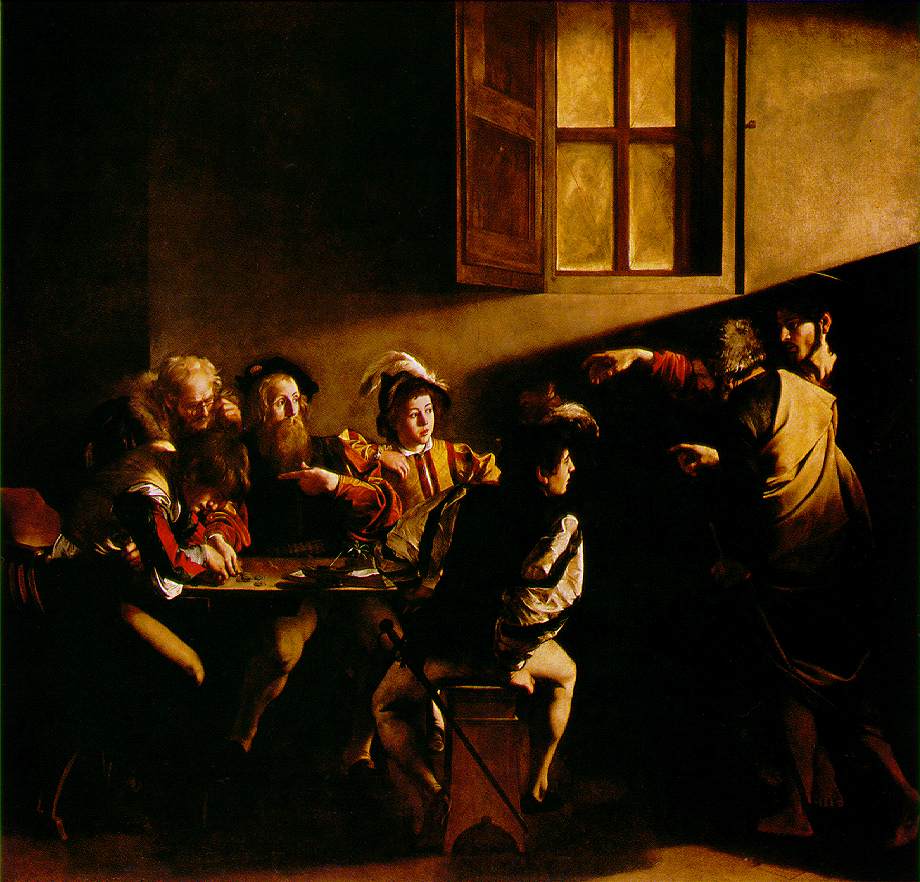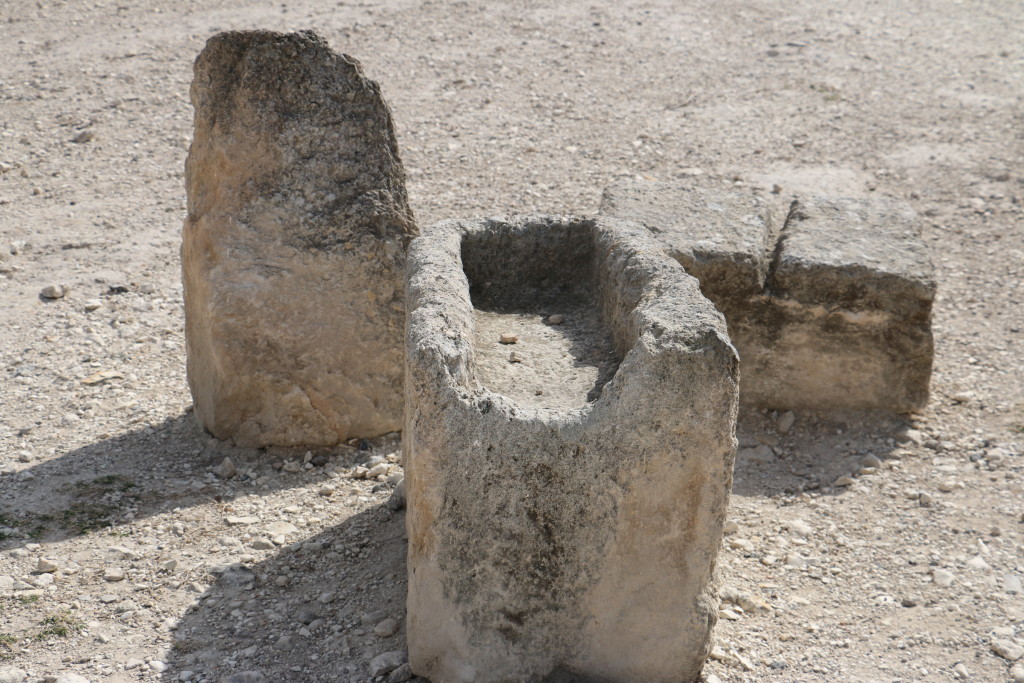Bible Reading Challenge Blog
Prelude to Day 1: Background to Matthew before we get started tomorrow
January 3, 2016 I hope you are ready to get started tomorrow. Remember, one chapter each day so tomorrow we will be reading Matthew 1 and you will be writing in your journal some thoughts on what did you learn about Jesus and what did you learn about being a disciple maker. That is what this is all about, knowing and loving Jesus so much that you want to become an even better disciple maker. Here is some background on Matthew.
I hope you are ready to get started tomorrow. Remember, one chapter each day so tomorrow we will be reading Matthew 1 and you will be writing in your journal some thoughts on what did you learn about Jesus and what did you learn about being a disciple maker. That is what this is all about, knowing and loving Jesus so much that you want to become an even better disciple maker. Here is some background on Matthew.
The Gospel was written by one of Jesus’ disciples, Matthew, who was a tax collector as seen in Matthew 9:9-13. It was probably written around 50AD and it was addressed to a primarily Jewish audience. The earliest Christian Church tended to be Jewish in nature certainly until the temple was destroyed in 71AD. See Acts 11:19 which speaks of the church being composed primarily of Jewish believers. The main purpose of Matthew for writing the Gospel is to show that Jesus is the Messiah, the one chosen by God from the beginning of time to be the anointed one to liberate His people from sin. You’ll see this in Matthew 1 in the genealogy which you will find tomorrow.
Here is a basic outline for Matthew:
• The Birth and Early Years of Jesus (chs. 1–2)
o His Genealogy (1:1–17)
o His Birth (1:18—2:12)
o His Sojourn in Egypt (2:13–23)
• The Beginnings of Jesus’ Ministry (3:1—4:11)
o His Forerunner (3:1–12)
o His Baptism (3:13–17)
o His Temptation (4:1–11)
• Jesus’ Ministry in Galilee (4:12—14:12)
o The Beginning of the Galilean Campaign (4:12–25)
o The Sermon on the Mount (chs. 5–7)
o A Collection of Miracles (chs. 8–9)
o The Commissioning of the 12 Apostles (ch. 10)
o Ministry throughout Galilee (chs. 11–12)
o The Parables of the Kingdom (ch. 13)
o Herod’s Reaction to Jesus’ Ministry (14:1–12)
• Jesus’ Withdrawals from Galilee (14:13—17:20)
o To the Eastern Shore of the Sea of Galilee (14:13—15:20)
o To Phoenicia (15:21–28)
o To the Decapolis (15:29—16:12)
o To Caesarea Philippi (16:13—17:20)
• Jesus’ Last Ministry in Galilee (17:22—18:35)
o Prediction of Jesus’ Death (17:22–23)
o Temple Tax (17:24–27)
o Discourse on Life in the Kingdom (ch. 18)
• Jesus’ Ministry in Judea and Perea (chs. 19–20)
o Teaching concerning Divorce (19:1–12)
o Teaching concerning Little Children (19:13–15)
o The Rich Young Man (19:16–30)
o The Parable of the Workers in the Vineyard (20:1–16)
o Prediction of Jesus’ Death (20:17–19)
o A Mother’s Request (20:20–28)
o Restoration of Sight at Jericho (20:29–34)
• Passion Week (chs. 21–27)
o The Entry of Jesus into Jerusalem as King (21:1–11)
o The Cleansing of the Temple (21:12–17)
o The Last Controversies with the Jewish Leaders (21:18—23:39)
o The Olivet Discourse (chs. 24–25)
o The Anointing of Jesus’ Feet (26:1–13)
o The Arrest, Trials and Death of Jesus (26:14—27:66)
• The Resurrection (ch. 28)
o The Earthquake and the Angel’s Announcement (28:1–7)
o Jesus’ Encounter with the Women (28:8–10)
o The Guards’ Report and the Jewish Elders’ Bribe (28:11–15)
o The Great Commission (28:16–20)
I have included a photo of Caravaggio’s “Calling of St. Matthew” for your enjoyment. Caravaggio is my favorite artist of all time, so you just might see some of his work dotting the landscape during this challenge.
